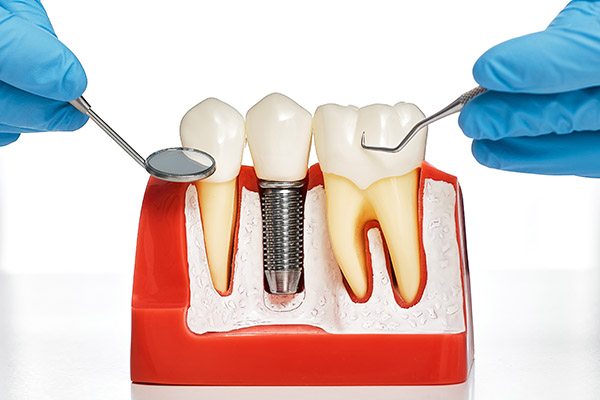 Many people have difficulty deciding whether they want a periodontist or oral surgeon to do dental implants. It all depends on what your regular dentist says. If your dentist referred you to a periodontist, that is where you should go. A periodontist received special training outside dental school. Periodontists know more about teeth, gums, and dental implant procedures than dentists or oral surgeons.
Many people have difficulty deciding whether they want a periodontist or oral surgeon to do dental implants. It all depends on what your regular dentist says. If your dentist referred you to a periodontist, that is where you should go. A periodontist received special training outside dental school. Periodontists know more about teeth, gums, and dental implant procedures than dentists or oral surgeons.
Specializations of a periodontist
A periodontist specializes in dental implants. However, periodontists do a lot more than that procedure. A generalist will refer patients to a periodontist when they have more significant dental and oral problems. Here are some of the conditions referred to a periodontist:
- Prevention, diagnosis, and treatment of periodontal disease or gum disease
- Dental implant procedure
- Tooth extraction
- Oral inflammation
- Gum grafting helps save the existing teeth
- 3D X-ray technology
- Cosmetic gum contouring
A general dentist and periodontist can work together for the maximum oral health of the patients. The dentist would not do the referral unless the patients agreed to it. However, it is important to listen to the dentist in this regard. Both the dentist and periodontist will have an open line of communication so the latter can clear out past dental conditions.
Why do people need implants
Dental implants manage teeth loss. Patients can have as many dental implants. The implants are made of titanium posts or screws placed within the jawbone. When the areas begin to heal, the implants will bond with the bone to create a stable foundation for the replacement tooth. When maintained properly, the implants can last a lifetime.
Oral health benefits of dental implants
Patients would rather have dental implants than any other procedure to replace lost teeth. First, the structure and appearance of dental implants mimic that of natural teeth. Second, it can stabilize chewing and biting. Third, it helps maintain jawbone health. And lastly, it is free from the risks of tooth decay.
Process of dental implants
The periodontist will take a digital image of the teeth, gums, and jaw. This way, they will know where to place the implants. Some patients will need teeth extraction, so the periodontist will do that at the same time as the implant placement. Typically, it takes six to nine months to bond with the surrounding bone.
The periodontist will use false teeth to maintain oral function while waiting for the implants and bones to fuse. Once the bonding is completed, a custom crown, bridge, or denture will be placed to restore the teeth. A general dentist or cosmetic dentist will do this procedure. The periodontist will work with the prosthodontist for the teeth replacement process.
A practical choice for your dental health
People do not always associate dental health with well-being. These two are intertwined. Dental health problems cause stress and low self-esteem. If you lose your teeth, you cannot even present yourself well. A periodontist will give you back your smile.
Request an appointment or call Charles E. Dyer IV, DDS, MS, PC at 281-213-0900 for an appointment in our Cypress office.
Related Posts
If you’ve suffered from traumatic tooth loss, then you might be considering dental implants as a solution to restore your smile. However, many folks are concerned about how difficult getting implants installed is and the recovery time involved with the procedure. While dental surgery can seem scary, the technology used to install implants has come…
Just like cavities, gum disease is a common oral health condition that affects people of all ages. This is one of the most frequent issues that dentists treat and work with patients to prevent. The good news is that you can avoid this disease and its consequences. But if your dentist has diagnosed you with…
A periodontist can help you with your severe dental infection or trauma. Bacteria can form plaque and tartar. These will destroy your oral health. This dental care provider can help correct the damage to your gums, connective tissues, and jawbone. If you want to know what can give you a gum disease referral to a…
